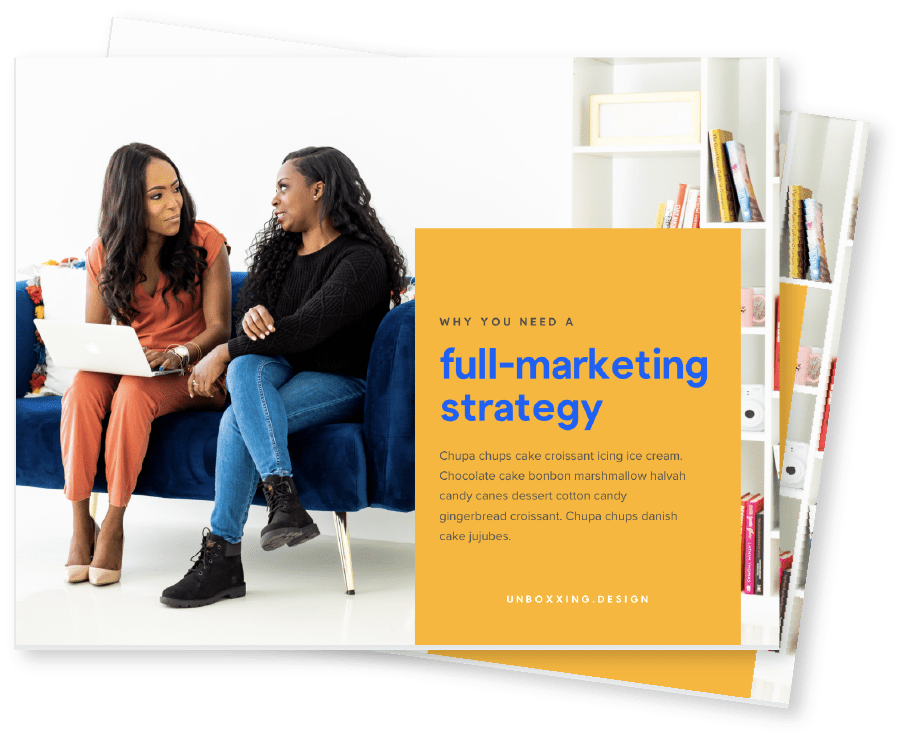The content cluster method has become one of the most powerful SEO tools. And it may be the strategy you’ve been looking for to grow your business.
Have you been struggling to create engaging content that also ranks you in the top spots of Google? There’s a way to fix that problem while also building a vast library of content that’s relevant for your target audience.
How? Content Clusters.
Content clusters are an SEO strategy that puts focus on topics instead of keywords. The content cluster method is an “intent-based” approach that makes blog archives simpler by developing content around one central theme.
Then many supporting blog posts – known as clusters – will be written to explain sub-topics based on that original central topic. By doing this, you are also able to generate many internal links for that central topic.
Mostly, the content cluster approach shows Google that there is a relationship between each page in the cluster. That relationship then encourages each topic within the group to be pushed further up the ranks of a search engine.
The content cluster method is quickly gaining popularity because of its effectiveness!
Here’s how you can use the cluster method for yourself to create content that ranks high organically on search engines:
1. The Overarching Topic
Choosing a central topic is very important when using this method because it is what you will build your topic clusters around.
To decide on an overarching topic, brainstorm a list of relevant topics. Try to look at your target audience for assistance. What type of content is your audience looking for? Which problems frequently experienced by your audience can be addressed by your business through content?
Let’s say you’re a marketing agency; your brainstorm list may look like this:
- Use content marketing to gain leads
- Promote blogs through social media
- Create content that is email-generated
Those bullet points are all cluster ideas. The overarching topic you choose will be a common denominator for all three of those clusters.
In this example, your overarching topic may be “content marketing strategy.”
2. Use Keyword Research to Define your Clusters
Once you’ve brainstormed a list of cluster ideas, it’s time to then create a bigger list of the cluster content you may create for your central topic page. This is where keyword research is helpful.
In our example, each keyword phrase that is relevant to “content marketing strategy” could potentially act as a cluster page.
Keywords that are similar to one another like “defining a content marketing strategy” and “how to create a content marketing strategy” have the same intent for users.
A person searching for either of those phrases will most likely be looking for the same types of content. As a result, those phrases should be in the same cluster.
Grouping keywords can help save time, improve your SEO, and keep your focus on one of the most essential content strategies: user intent.
3. Write Out your Cluster Pages
Once you have defined your cluster pages, it’s now time to start creating your content. Writing your cluster pages should be similar to writing a typical blog post. However, unlike a blog post, the content on your cluster page should:
- Avoid detailing anything covered on another cluster page.
- Speak deeply about a topic instead of generalizing it
Make sure your cluster page is unique and uses intriguing data as well as relevant visuals. In other words: don’t repeat topics. You should have many different cluster pages, so there will be no need to repeat a topic.
When writing a blog post for each content cluster, make sure each page is optimized for SEO to its fullest potential by including keywords in your:
- Meta title and descriptions
- Alternate image text
- Heading tags
- Page title
4. Develop a page for your Central Topic
Now that you have a collection of cluster ideas, you need to write your central topic page. Your central topic page should show a broad view of the overarching topic so that you can incorporate the internal cluster links.
Writing a central topic page is also similar to writing a blog post, but there are a few differences.
Your central topic pages should be:
- An overview of a broad topic. (Avoid going into detail about one part of the topic, instead link to cluster pages to explain the sub-topics in detail.)
- Very long in word count (3,000 words+)
Since you won’t know how in-depth you will go into each content cluster at the beginning, it is best to leave the central topic page for last.
This way, you will avoid duplicating points and not being able to add placeholders for internal links.
5. Include internal links between your clusters and central points
After publishing your central and cluster pages, you need to add internal links to each piece of content. To do so, go back to each content cluster and add a link to the central page when it’s appropriate.
Those internal links will provide Google an easy way to find and index your content clusters. This strategy will bring more SEO power to your central page.
The Final Takeaway
The content cluster model is a great way to organize your content while also making it easier for users and search engines to navigate your website’s content.
As you use this strategy, aim to choose a strong topic, write your central and cluster pages in order, and then add internal links to connect each of those pages.
It can take some time before you find your cluster page ranked at the top of Google’s search results. But, like most content marketing strategies, the best results come with a lot of time and effort.





0 Comments